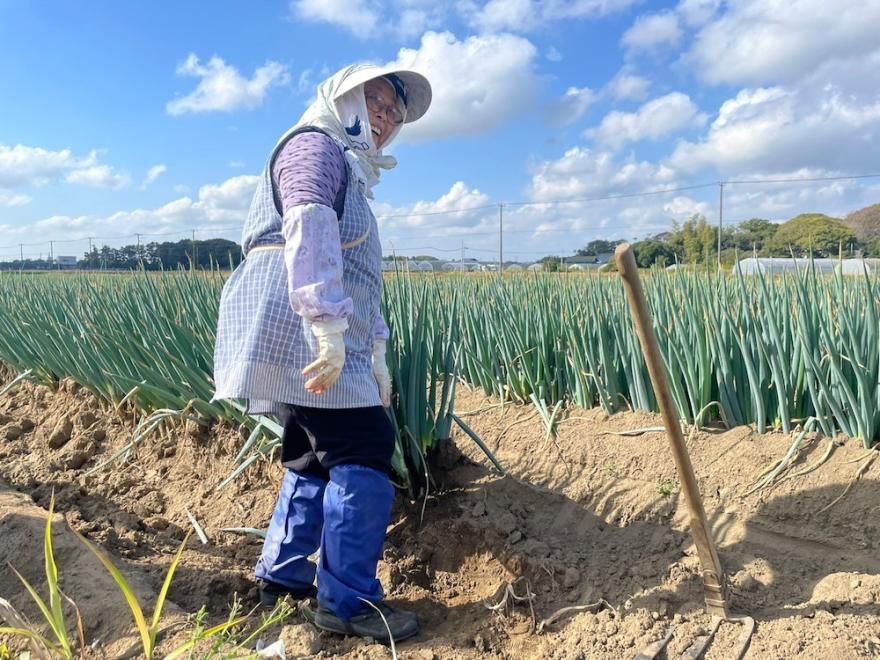2 hours from Tokyo - immerse yourself in Hikari Negi picking farm experience
2 hours from Tokyo - immerse yourself in Hikari Negi picking farm experience
Our editorial team has joined a cycling tour, Yokoshiba Hikari SUISUI Bicycle Walk, held in Yokoshibahikari Town, Chiba Prefecture, just 2 hours from Tokyo.
This tour is a cycling tour which is taking you around attractive spots in the town. Among them, we were looking forward to the Negi (Japanese Leek) picking experience. Yokoshibahikari town is famous as the production area of the brand leek Hikari Negi, and you can see Hikari Negi farm fields everywhere. If you are in town, trying this Hikari Negi is a must!
Secret to growing splendid Negi? Heap up the soil by hand!
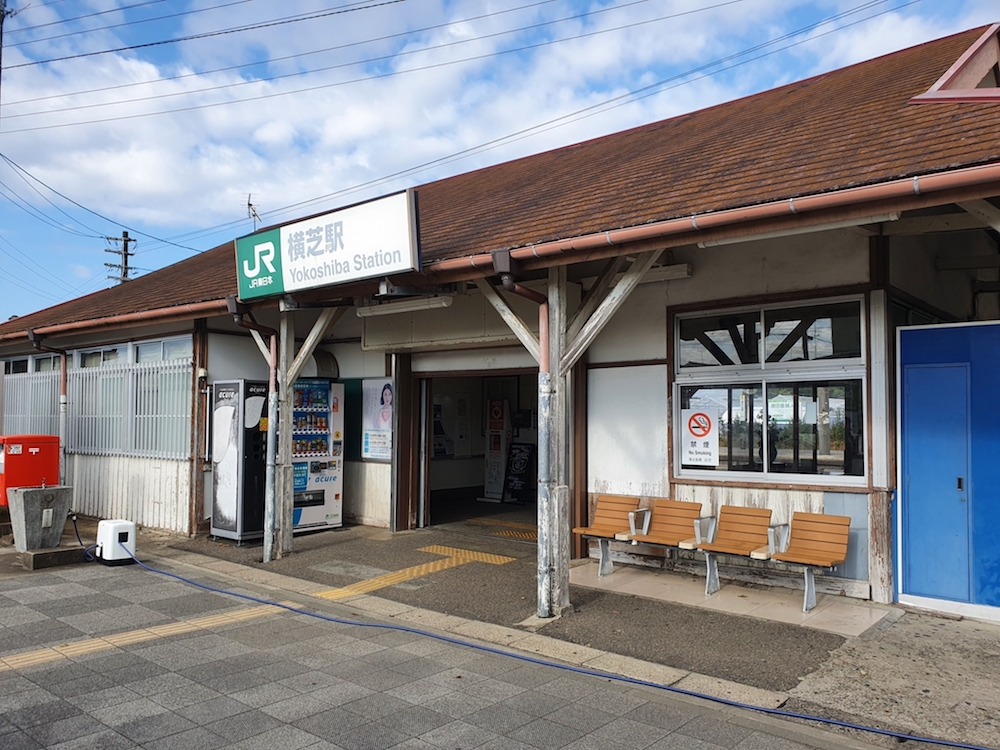
About 80 minutes from Tokyo Station on the limited express Shiosai, we got off at Yokoshiba Station, the oldest station building in Chiba Prefecture. The starting point of this cycling course was at the station information exchange center "Yoridokoro" in front of Yokoshiba station. Here, everyone got on the electric assist bicycles and departed towards the sea!
Yokoshibahikari town is also easy to access from Narita Airport. The direct bus is available connecting Narita Airport Terminal 2 and Yokoshiba Station, with 10 round trips daily. It only takes about 40 minutes, so it can be an attractive destination to visit directly from Narita Airport, even during shorter transit visits.
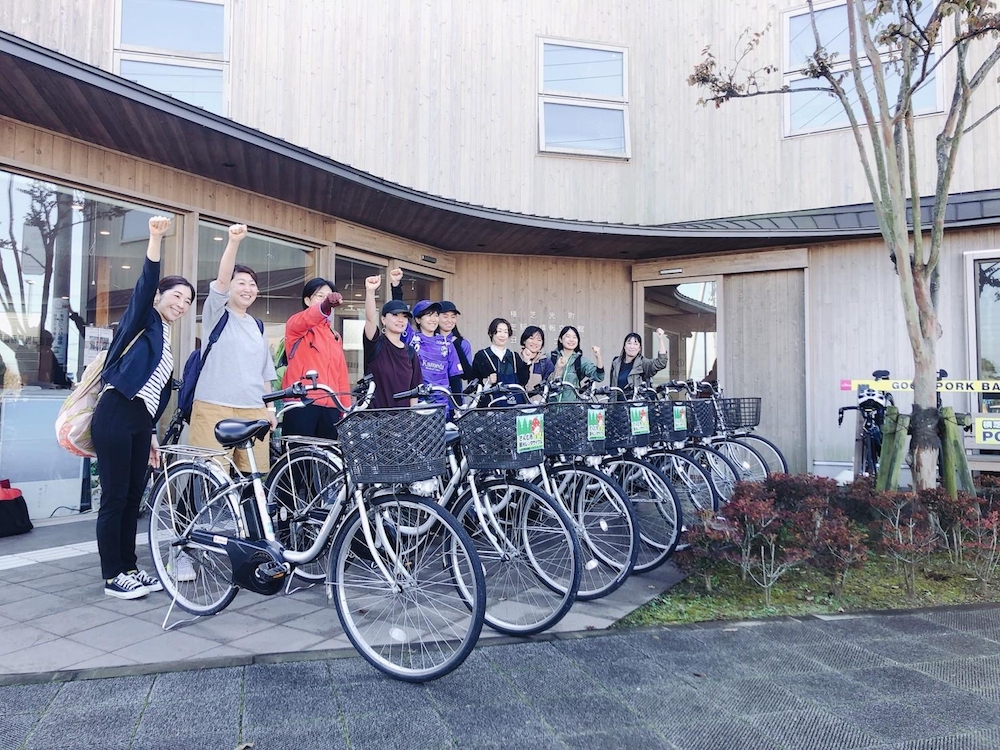
The first thing you see cycling through this town is Negi fields everywhere. Green leaves stretching straight into the sky, this Negi is the special product of Yokoshibahikari Town. Known under the brand name Hikari Negi, it is highly evaluated in the market, also winning the Grand Prize of the Japan Agriculture Award. You can get a special feeling of satisfaction only by looking at all the neatly planted Negi fields.
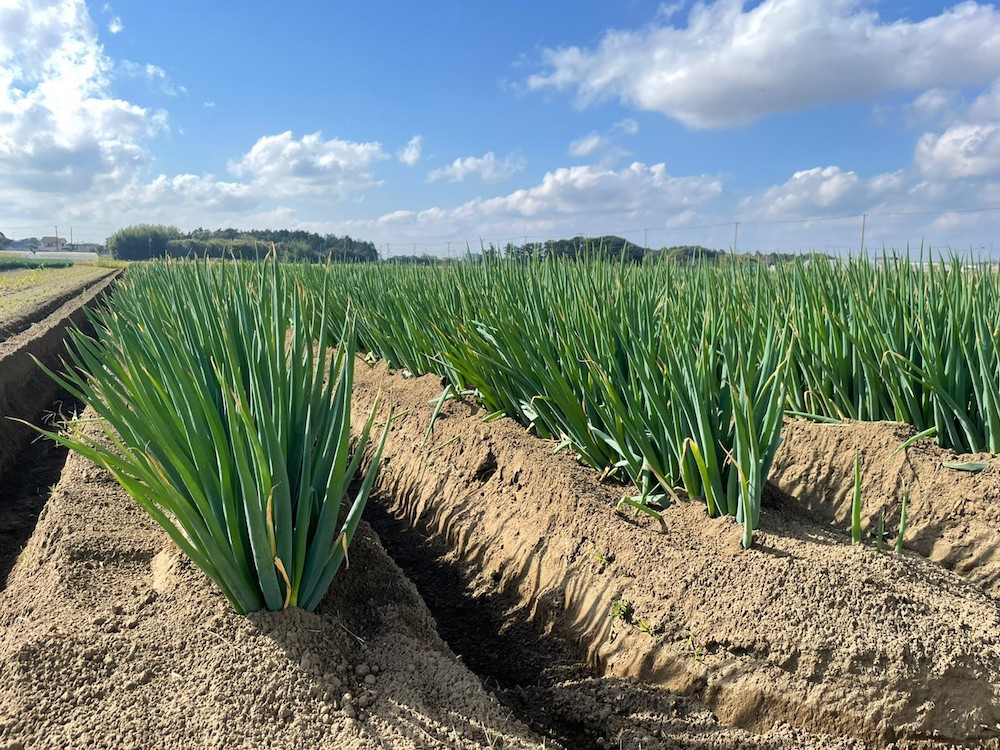
The Negi farmers we visited this time are Mr. Hiroyasu Uzawa and his wife Yoko. Only two of them take care of everything, from preparing the soil, sowing seeds, and planting seedlings, as well as managing and harvesting. They have dedicated 50 years to growing this brand Negi!
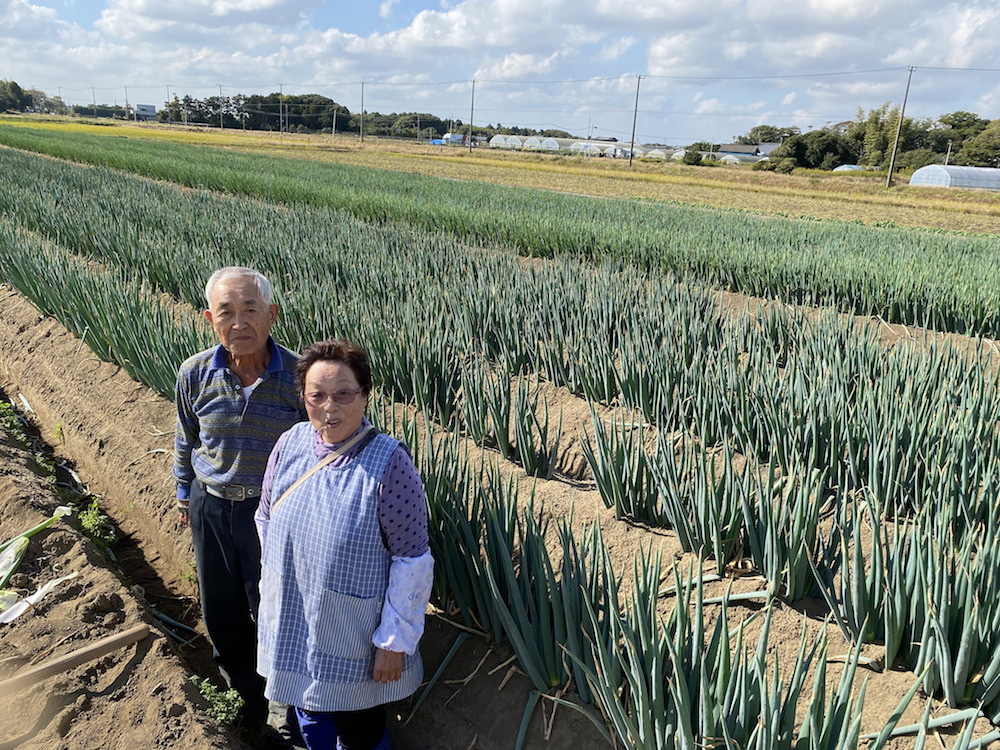
We can buy Negi all year round, but how are they grown and harvested? Depending on the harvest period, farmers change the seeds to spring Negi, summer Negi, and autumn-winter Negi. The autumn-winter green onions planted in March have grown for seven months and are now ready for harvest.
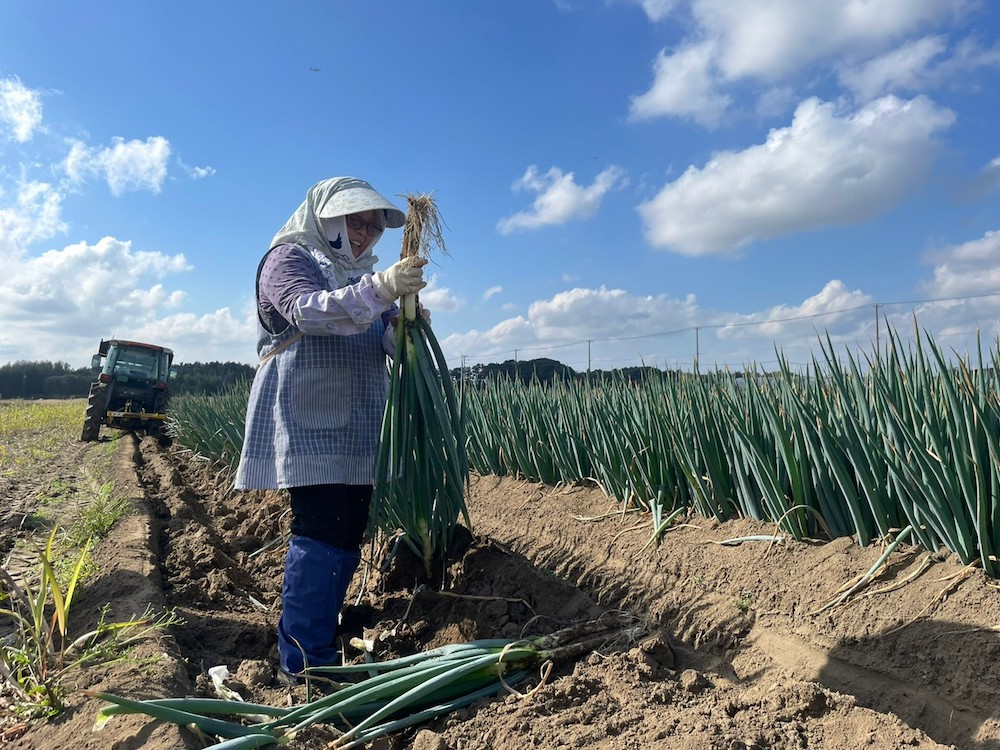
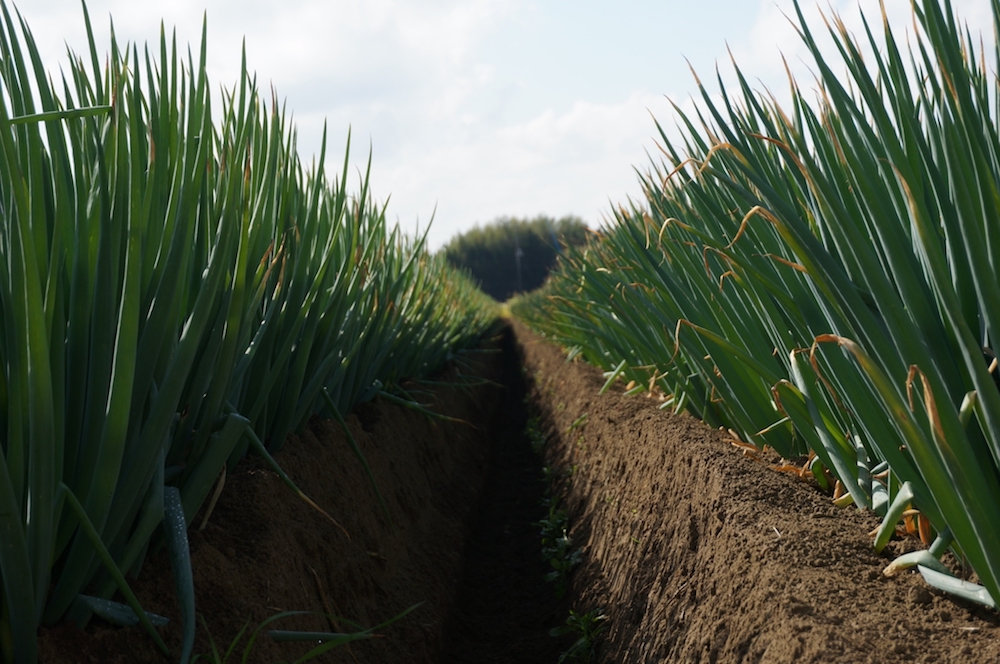
Looking at the Negi field, one would realize that only the leaves are visible above the ground. The white part is buried deep in the soil. First, the seedlings are planted in a flat field, but as they grow, farmers dig trenches and cover the stems with soil to raise them little by little.
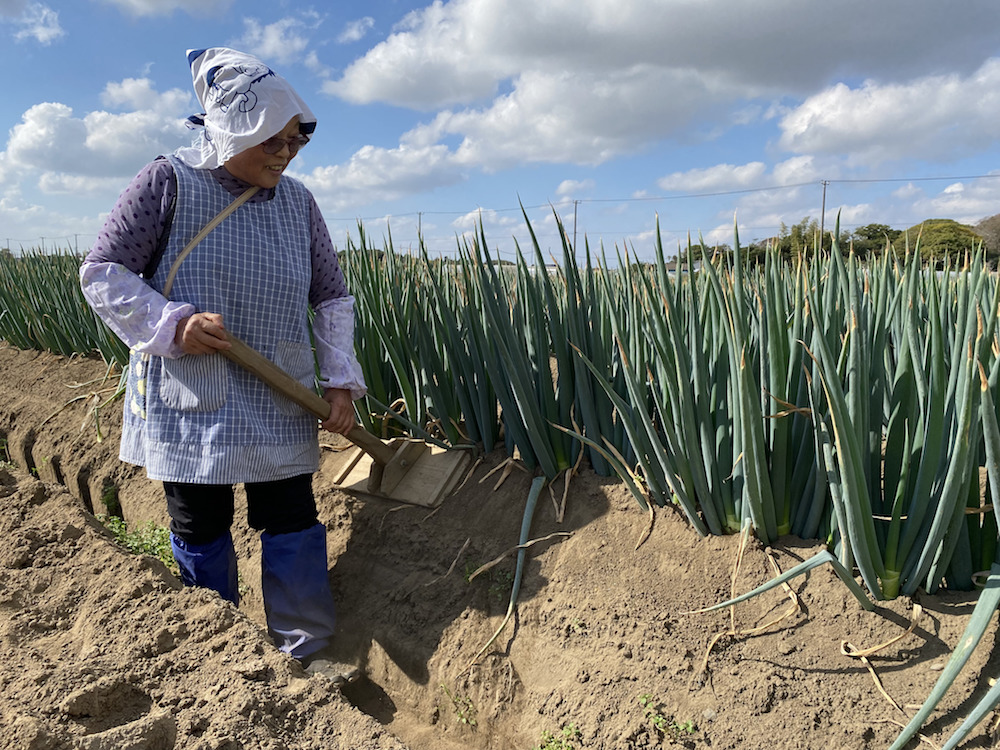
Soil needs to be heaped up multiple times, to grow the white part to 30 cm or more. Even though there is a special tool called the Negi rotary, it is surprising that most of this hard work is done by hand.
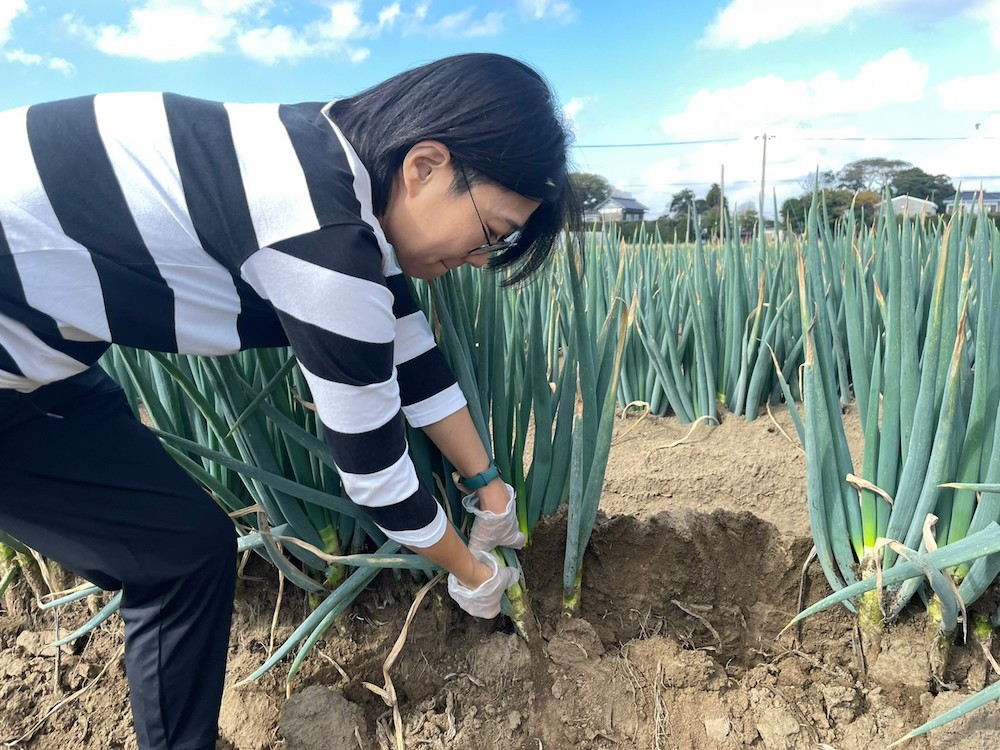
Today we have picked the Negi that this couple has raised with great care. It is such an indescribable feeling when you pull out a Negi from deep in the soil with your hands. Green leaves are firm and thick. This is a truly unique experience to pick the Negi directly from its soil field.
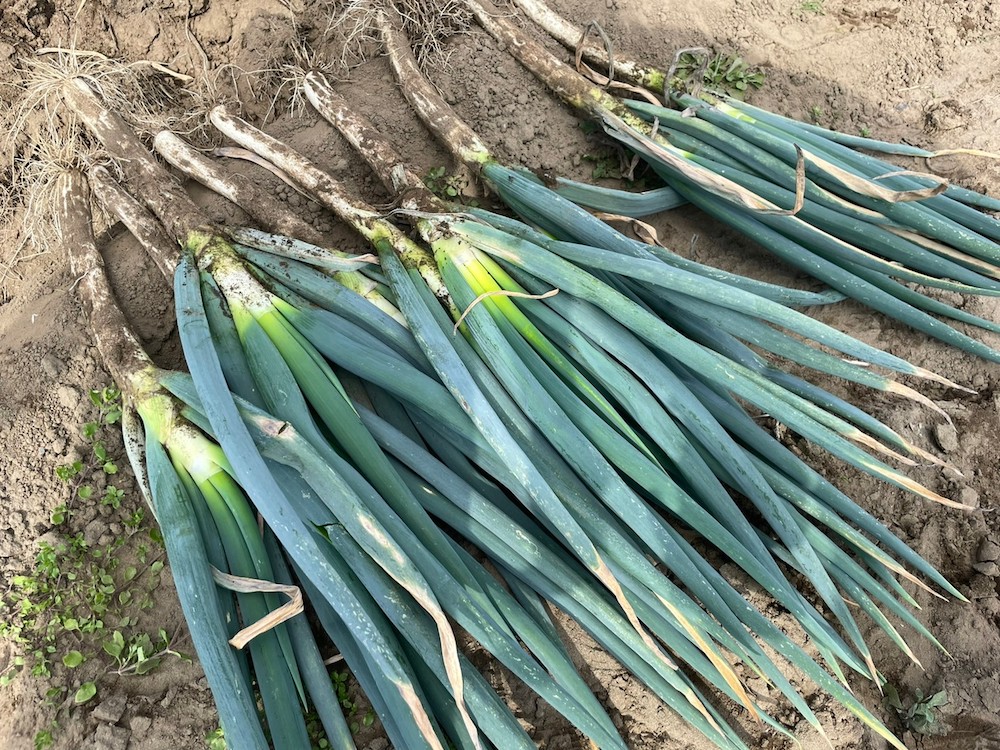
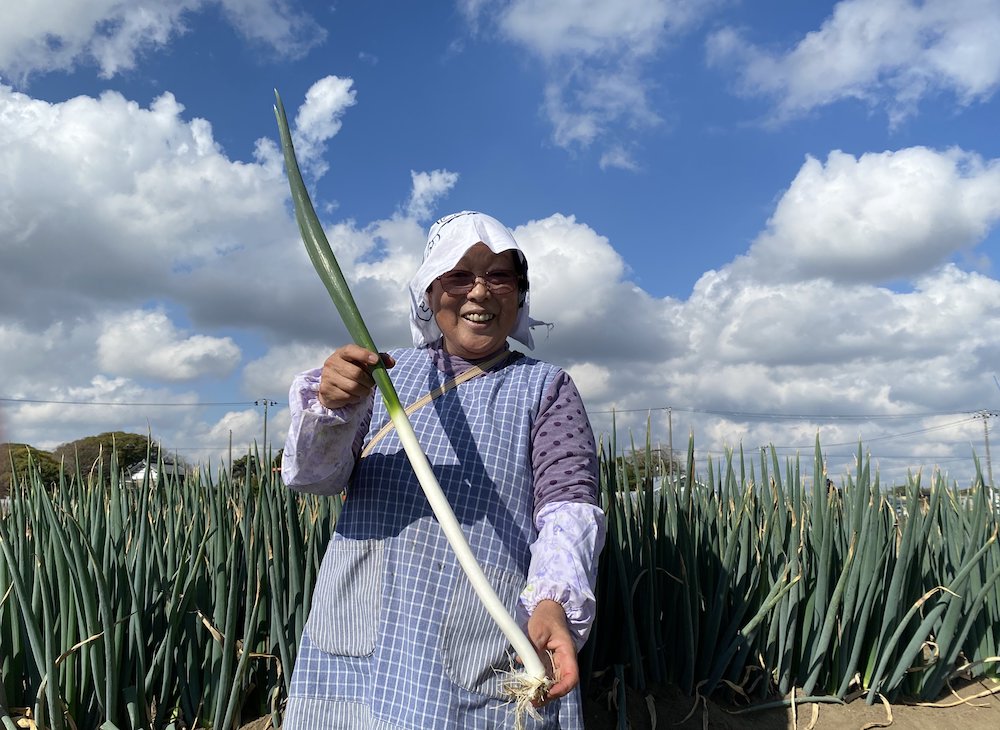
Freshly picked Negi still has some soil on it; its roots are thick and splendid. Peel off the thin skin layer to see pure white and shiny Negi! It's more than twice as thick as the ones you see in supermarkets and super fresh.
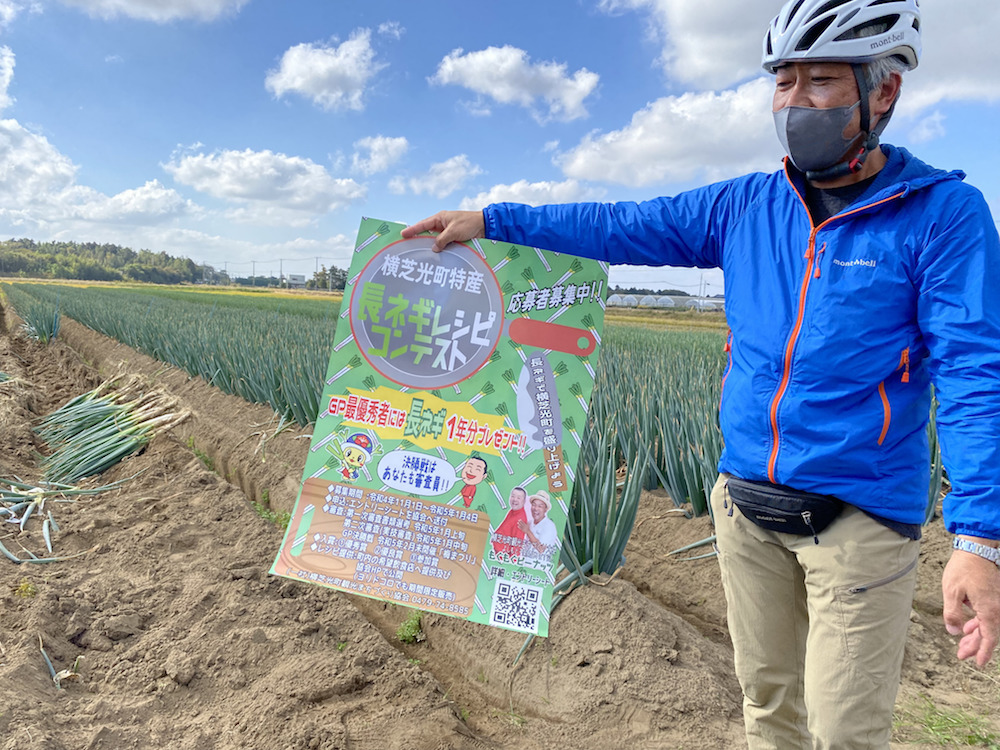
When we visited in early November, Yokoshibahikari town was holding a Naganegi Recipe Contest. So, we asked this lovely farmer couple, who for sure know the best way to eat Negi, what their recommended recipe is. Then, surprise, surprise! They shared a super easy recipe.
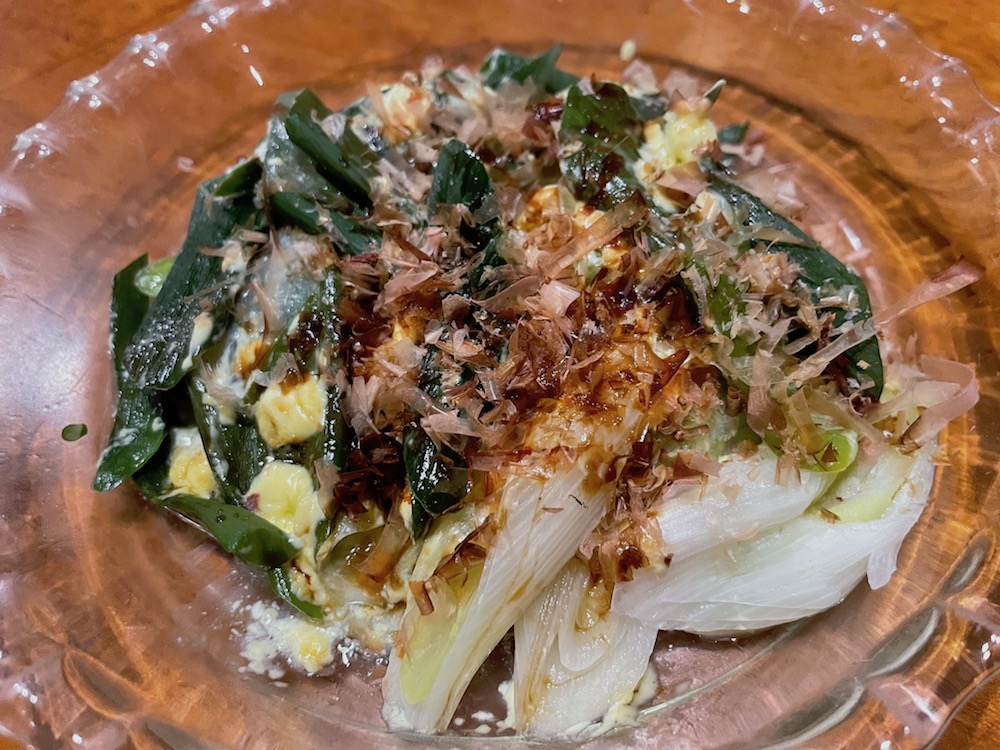
Cut the Negi diagonally into bite-sized pieces, add mayonnaise, bonito flakes, and soy sauce, and then heat in the microwave. Lastly, add chili peppers to it. When I tried it, it was a surprisingly sweet and juicy dish.
The blessings of the sea and rivers are a secret ingredient to growing superb veggies
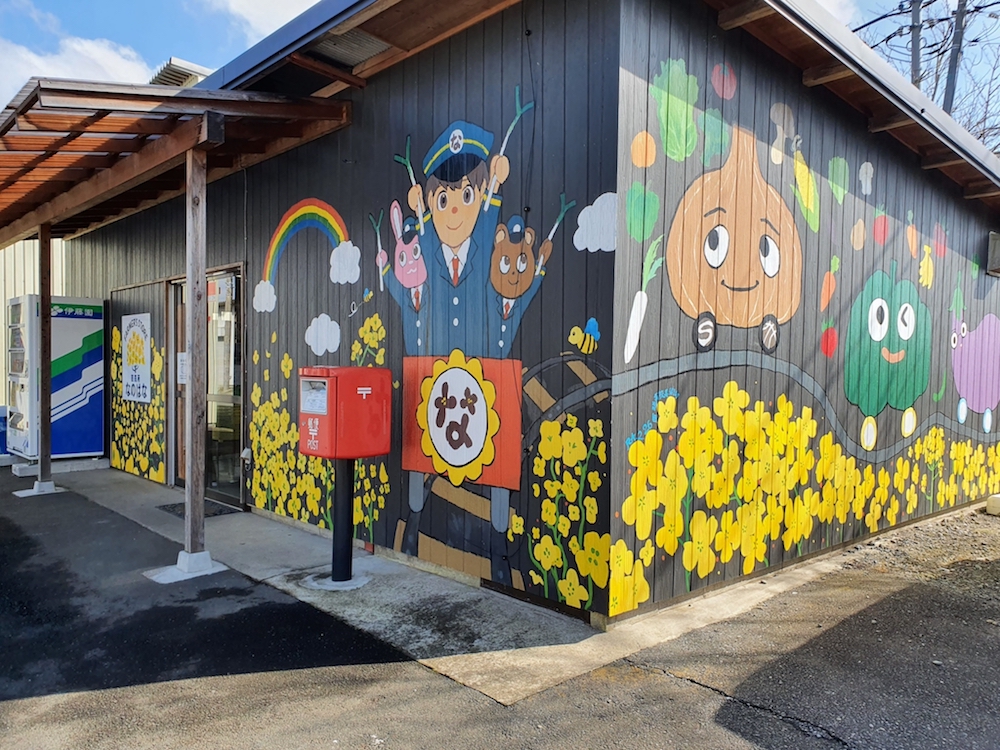
Around here, you can also buy fresh local vegetables at reasonable prices at farmers' markets. During this cycling tour, we stopped by the direct sales store Nanohana.
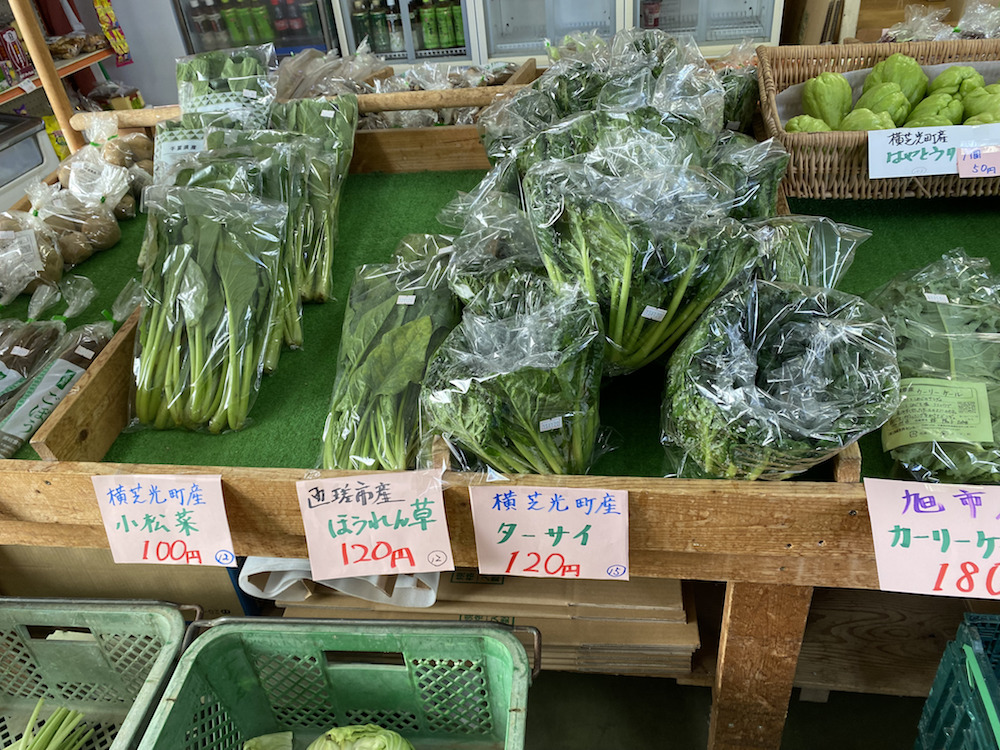
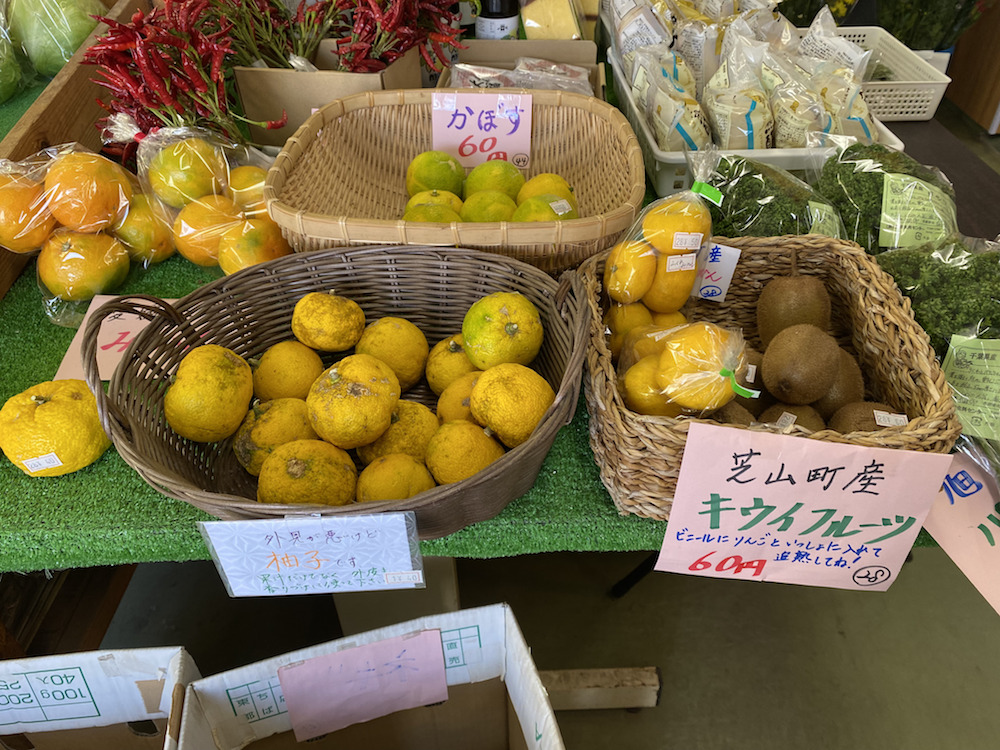
The store is in abundance with fresh vegetables from the surrounding farms. One of the great things about the farmer's market is that you can ask the store staff how to eat these vegetables. The price of vegetables is also friendly to your wallet!
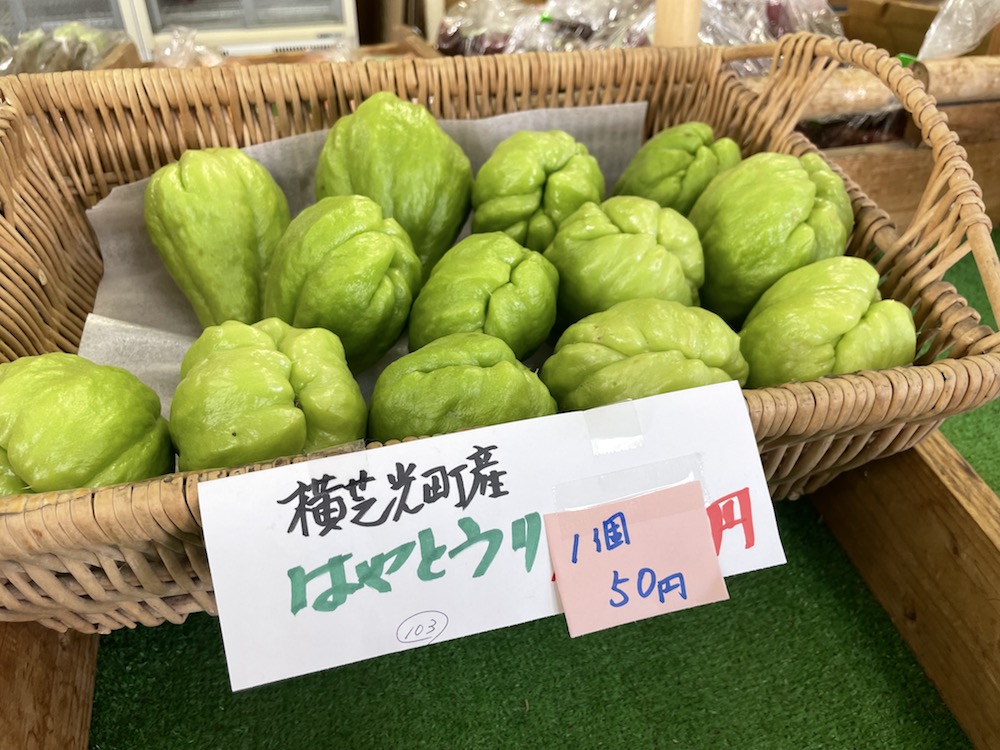
I bought a chayote for the first time. It is an interesting vegetable with a vivid yellow-green color and a rugged and glossy surface. Staff recommended cooking a soup with it, which turned out very well. It had a texture like a winter melon soup and was very delicious.
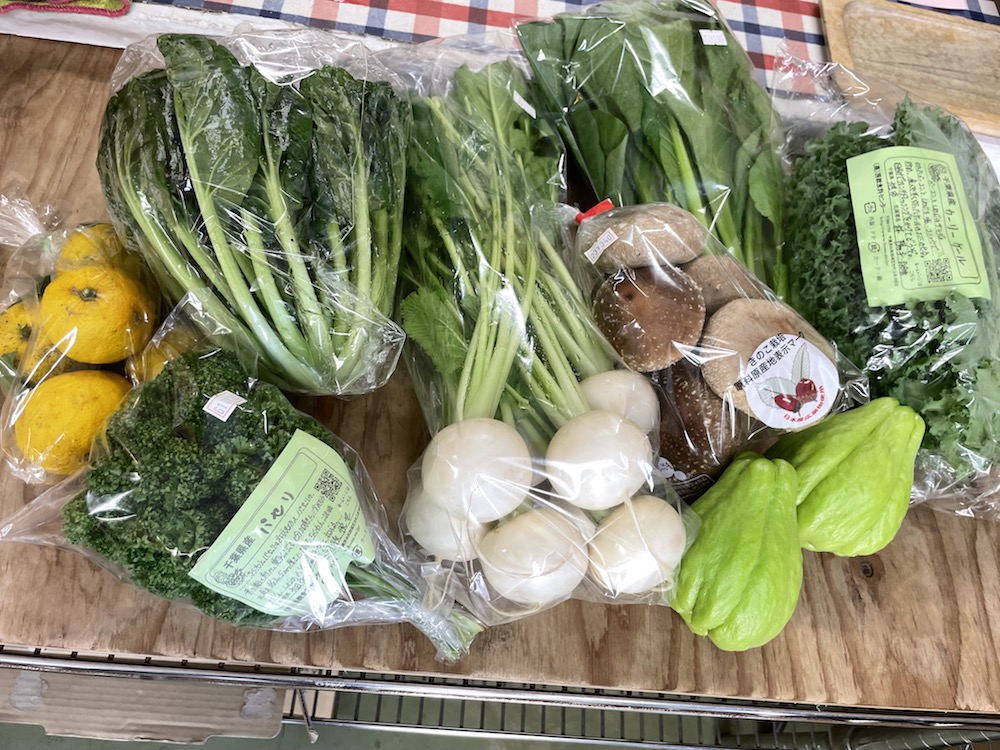
Even this much, was really cheap! Very satisfying.
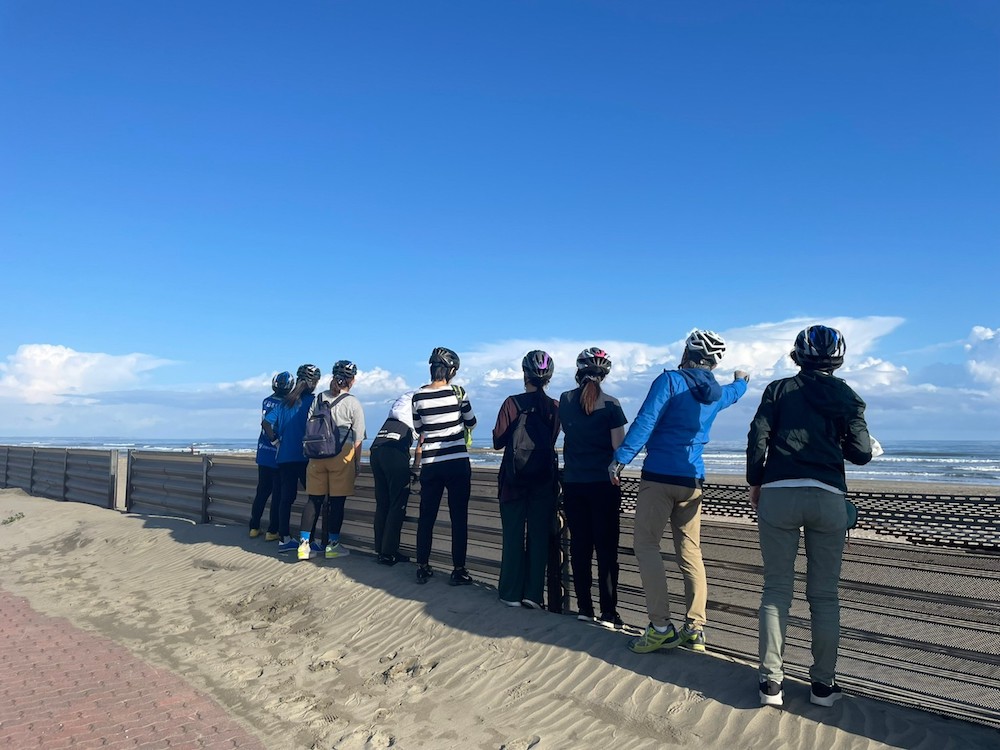
We also stopped by the sea at the end of the cycling course. In summer, Yakata Beach is visited by beachgoers and you can see surfers here throughout the year. At Marin Pia Kuriyamagawa located in the center of the beach, the pink bindweed blooms in early summer, making it a secret beach where you can enjoy the beautiful harmony of the sea and pink flowers.
It is said that Yokoshibahikari town having this many Negi fields is closely related to the sea. Geographically, Yokoshibahikari Town faces the Pacific Ocean and has both flat and hilly land, and a river running through the center of the town. It is said that this blessed natural environment of cool summers and warm maritime climates in winter, as well as soil with high drainage is suitable for growing Negi. Being near the sea has a large impact on crops.
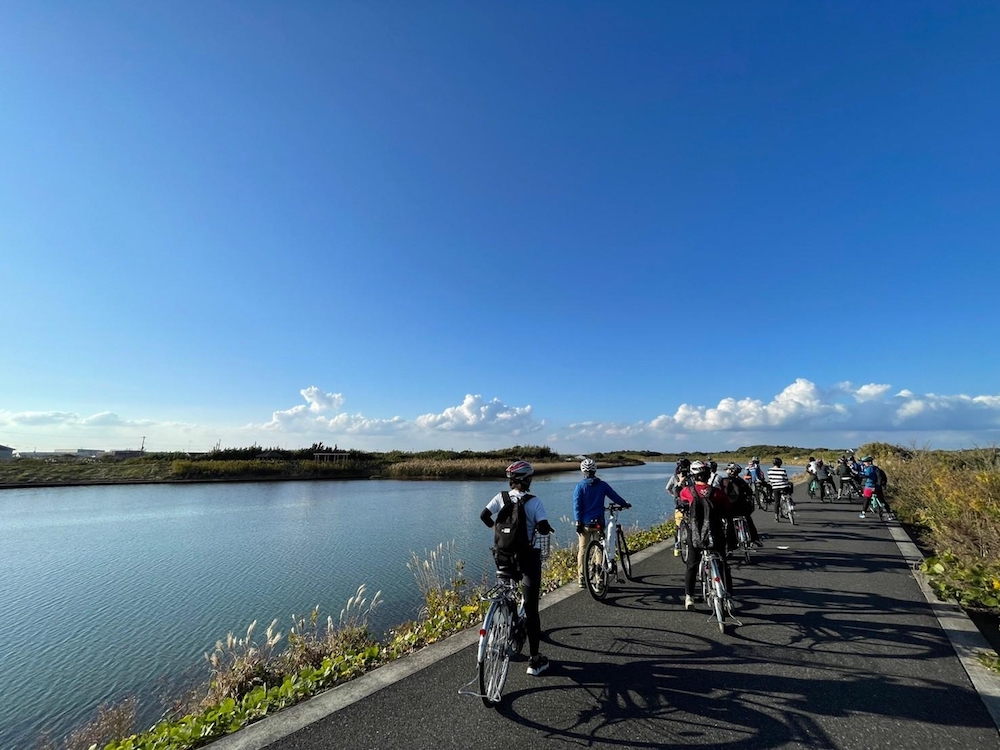
After spending some time near the sea, we headed north along the Kuriyama River. Unlike the sea, waterfowls gracefully swim on the quiet surface of the water, creating a relaxing landscape.
When you are in nature like this, you may discover things that normally would go unnoticed, feel the smell of the wind, hear the sounds of nature, and enjoy a relaxed atmosphere.
The vegetables you usually buy at the store and eat are more appreciated when you learn about the hardships and thoughts of the farmers. And freshly picked vegetables are the most delicious!
Like this cycling tour, even those of us who live in the city can get in touch with nature. Why don't you also go out to sea once in a while like this, to experience sensations you cannot get in everyday life, and to know the beauty of the earth again?
WRITER
Freelance writer. Mainly writing on mook, magazines, free-papers, WEB contents about foods/interior/child-raising/housing/plants/gadget. A mother of two teenage daughters, struggling on how to make her children eat more vegetables easily, trying to include homemade pickels on menus every day.

